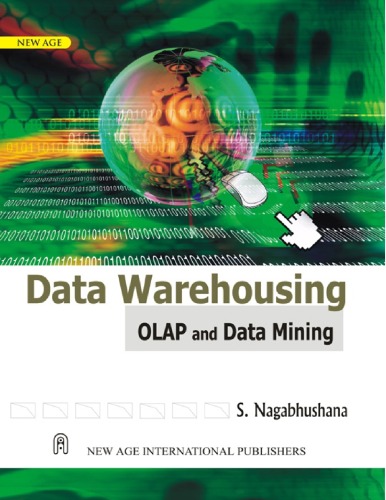

Most ebook files are in PDF format, so you can easily read them using various software such as Foxit Reader or directly on the Google Chrome browser.
Some ebook files are released by publishers in other formats such as .awz, .mobi, .epub, .fb2, etc. You may need to install specific software to read these formats on mobile/PC, such as Calibre.
Please read the tutorial at this link: https://ebookbell.com/faq
We offer FREE conversion to the popular formats you request; however, this may take some time. Therefore, right after payment, please email us, and we will try to provide the service as quickly as possible.
For some exceptional file formats or broken links (if any), please refrain from opening any disputes. Instead, email us first, and we will try to assist within a maximum of 6 hours.
EbookBell Team

4.8
24 reviews
ISBN 10: 8122417647
ISBN 13: 9788122417647
Author: S Nagabhushana
A "Table of Contents" for a book on "Data Warehousing, OLAP, and Data Mining" would typically be structured to guide the reader from foundational concepts through the practical implementation and application of these interconnected fields.
Part I: Introduction and Foundations of Data Warehousing
Part II: Online Analytical Processing (OLAP)
Part III: Data Mining
Part IV: Integration and Future Trends
data warehousing olap and data mining
olap in data mining and data warehousing
olap data cube
hadoop data warehouse
data warehouse and olap technology in data mining
Tags: S Nagabhushana, Warehousing, OLAP